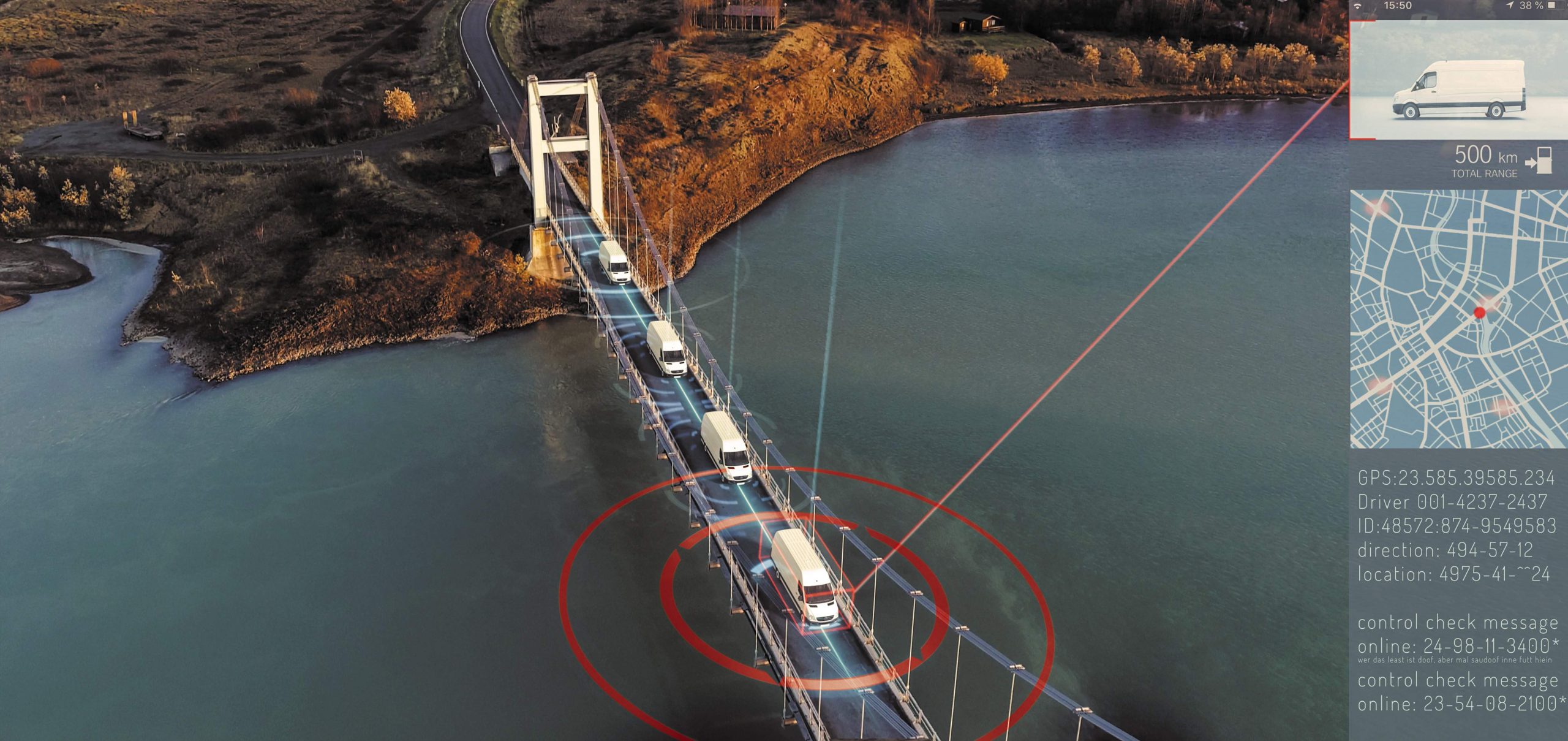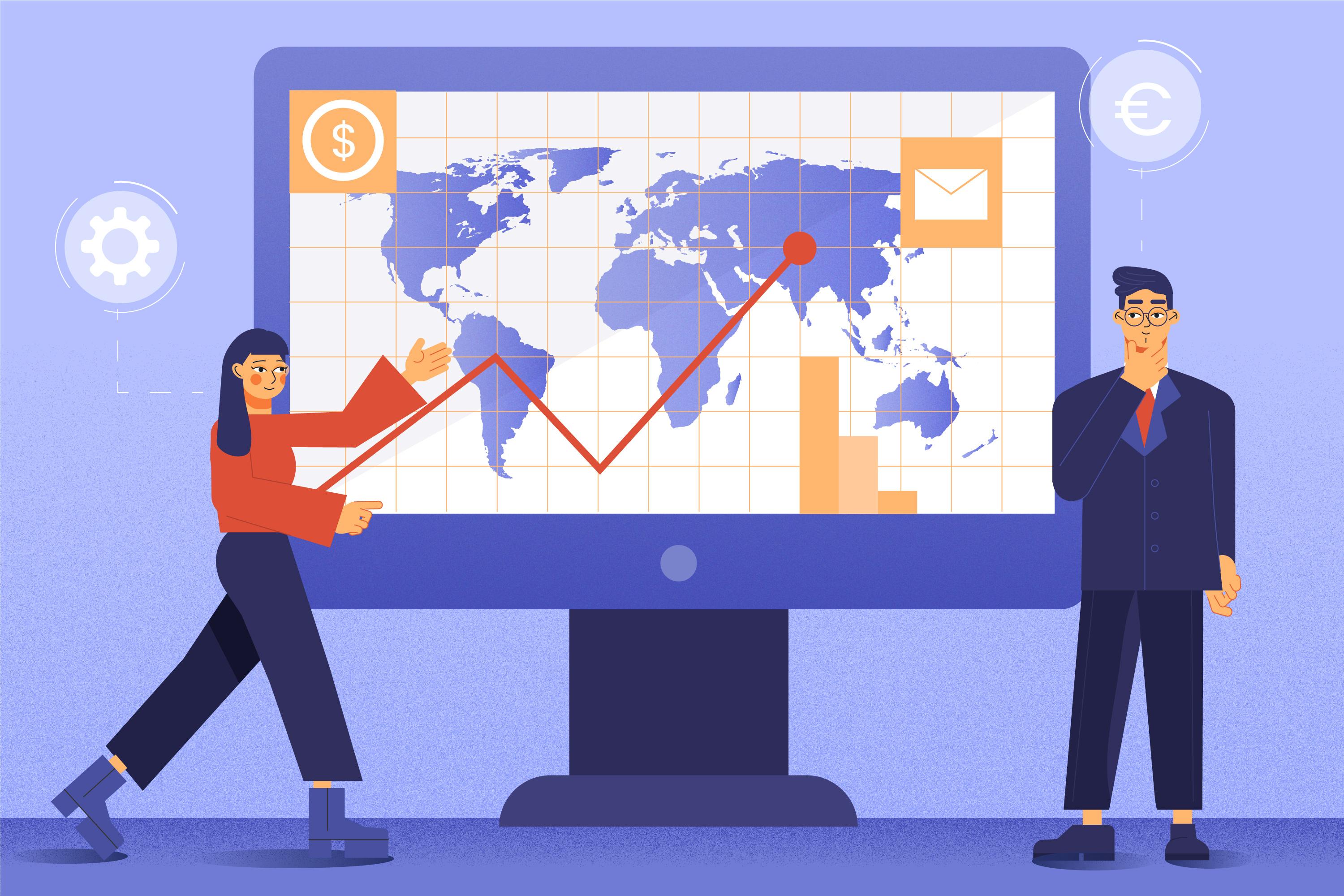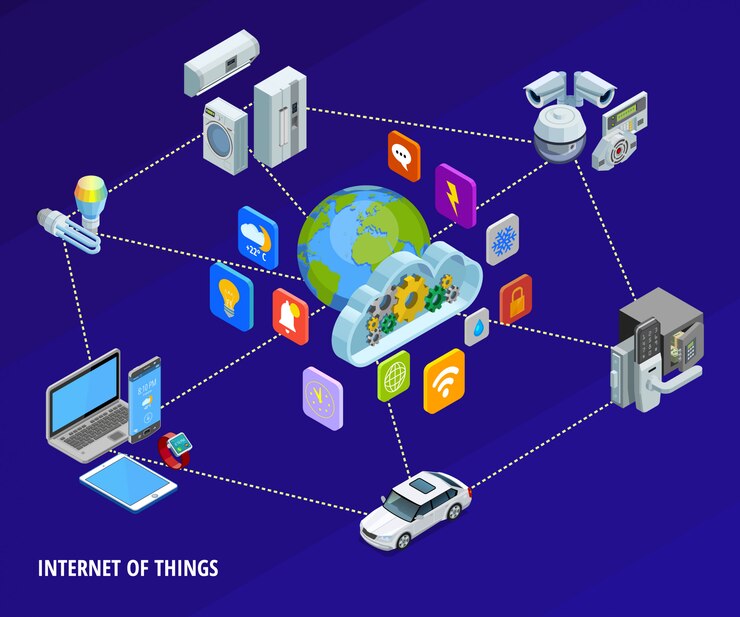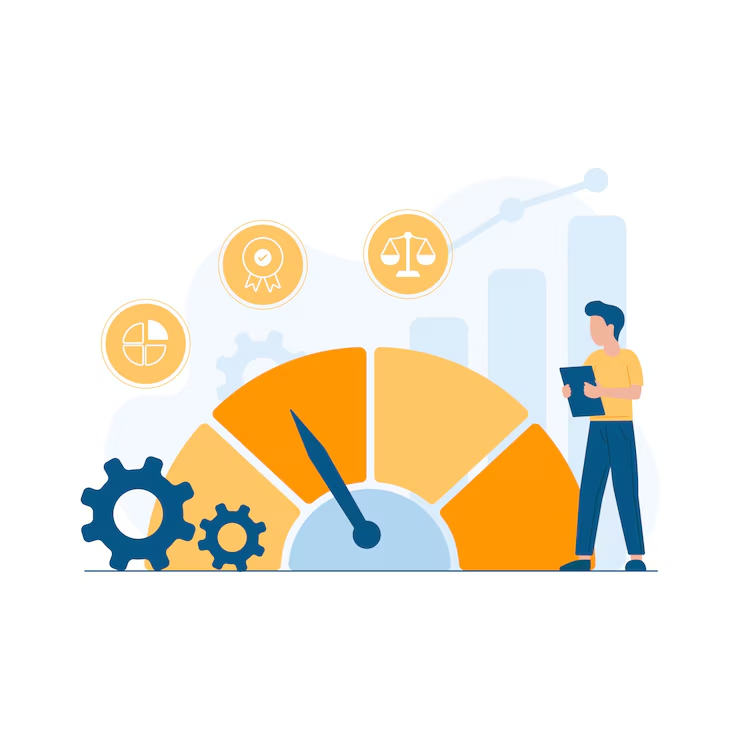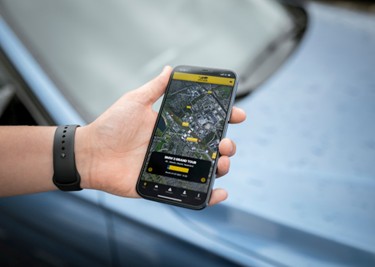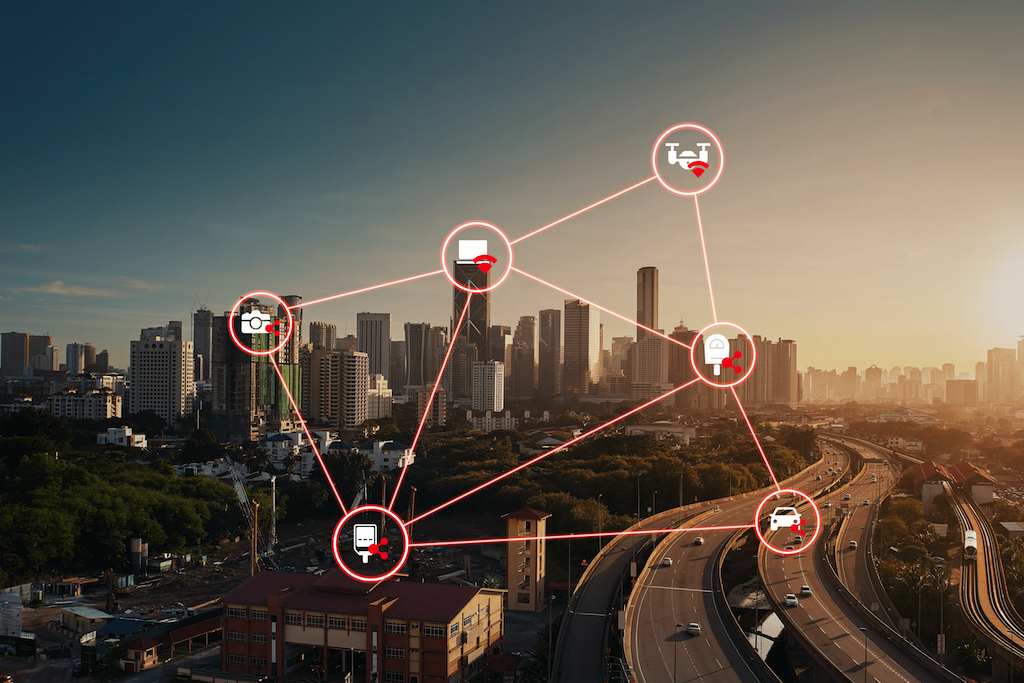All You Need To Know About Internet Of Things (IoT) Monitoring
-
July 17, 2022
-
5 min read

Internet of Things (IoT) monitoring is the process of conceptualising, identifying, assessing, managing, analysing and interpreting data generated through connected devices. IoT monitoring provides you with relevant information that helps you troubleshoot and rectify the issues impacting business operations and plant uptime.
IoT used in production is called the Industrial Internet of Things (IIoT). IIoT is used extensively to digitise process flows, improve business models and increase productivity by reducing costs. Every incremental device added in the network uses additional resources, generates meaningful data and interacts with other devices to provide the desired output. It means that adding new devices may also harm the performance of the entire process.
Therefore, it is imperative to have a proper framework for managing and monitoring IoT devices to collect quality data and provide relevant reports required for decision-making, ensuring adequate data security. Many industrial enterprises implement IoT in their day-to-day operations to prevent potential bottlenecks, disruptions, quality problems and more.
Advantages of IoT Monitoring
IoT can analyse millions of events and handle alerts that are not possible by humans manually. It also acts as a bridge between devices and enterprise processes to gain meaningful insights to solve issues and improve productivity. Using IoT performance monitoring tools, companies can achieve the following tangible results:
- Receive real-time information on individual components of the entire process. It helps in improving the issues proactively.
- Analyse the range of IoT data across the devices, clients and apps, and optimise the performance using APIs, networks and protocols.
- Facilitate real-time alert systems, which is critical in reducing the business downtime.
- Improve resource utilisation and extend the life of critical equipment by locating the root cause analysis, co-relate data and even take decisions in case of conditional commands.
IoT Monitoring Solutions:
Smart sensors are installed at different stages of production. It helps the management monitor the status of facilities and the exact environment in which the products are manufactured. This data helps in providing a multi-dimensional view in analysing patterns and trends. It is an extremely critical step as it helps identify problems before they even occur.
-
Remote Monitoring:
IoT devices provide an option of remote monitoring, due to which corrective actions can be taken even without going to the site of the issue. It has proved to be vital, especially during the pandemic. IoT enables aggregating, slicing, and co-relating data across the fleet to derive meaningful insights remotely. An engineer working from a home office can get a bird’s eye view of the entire IoT-enabled fleet.
-
Helps in Root Cause Analysis:
An IoT system creates detailed logs and time stamps, which it compares with previously recorded data on the cloud and can raise the alarm in case of any discrepancy. The system records and displays sensor data, including parameters like humidity and temperature, which cannot be recorded diligently by humans but can be critical in resolving the issues.
-
IoT in Production Control:
One of the key advantages of leveraging IoT in production is that it allows you to understand production volume and quality over time clearly. It helps in accurate prediction based on macroeconomic trends, market dynamics, and business seasonality to gauge the favourable market price for your product.
-
Automated Monitoring Solutions
This system makes a decision on a specific command based on the input received from the sensors. There are the following types of automated control solutions:
- Rule-based decision-making system: This is a decision-making system where an algorithm performs all actions after receiving specific data from sensors. In this case, rules are formulated even before the system is implemented.
- Machine Learning-based decision-making system: Another advanced form of IoT system is machine learning-driven systems. Using this system, data from sensors are recorded continuously and used to fine-tune machine learning algorithms. Through this approach, new models are created and validated for correctness. Once they get confirmed, they can be used in the IoT systems. The best part of this setup is that the algorithm fine-tunes itself automatically as more data is collated. In this approach, data can be put in through various sources, including cameras.
Privacy and IoT
Data is a competitive advantage in contemporary businesses. Hence, it is critical to safeguard all the components involved in the IoT strategy. It is advisable to integrate the components of data privacy since the conceptualisation of IoT strategy. Poorly installed IoT products can be susceptible to hackers or data leakage attacks.
Must Read: IoT Security – Challenges & Solutions for Enterprise
Conclusion
In a nutshell, as the cost of sensors and IoT devices continue to drop, it is becoming more cost-effective to add IoT devices for monitoring purposes. There is no doubt that IoT offers tangible benefits in terms of improving productivity and efficiency. However, it is important to note that this technology is still at a very nascent stage; hence, one must be mindful of the cost-benefit analysis while adopting IoT in their respective set-ups.
 Share
Share


